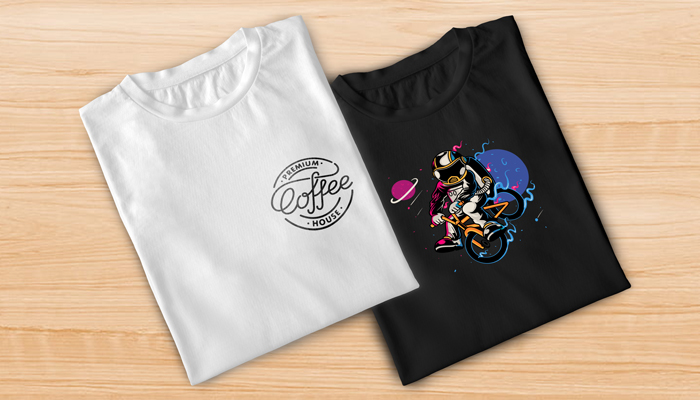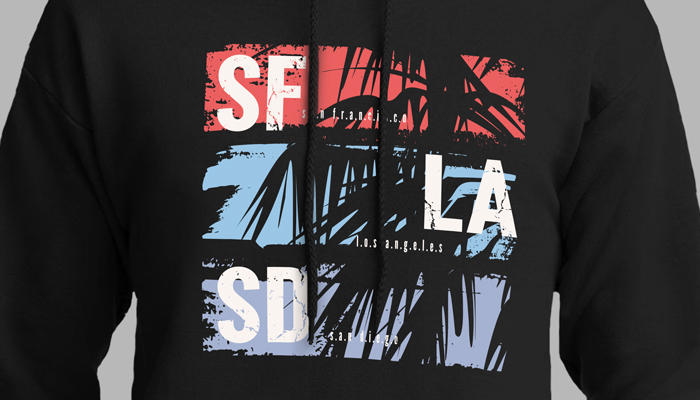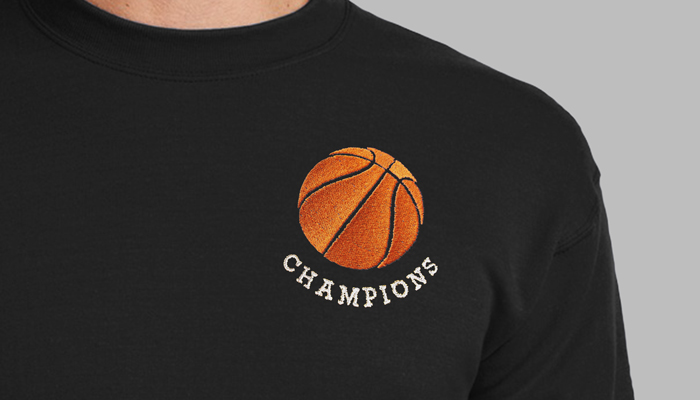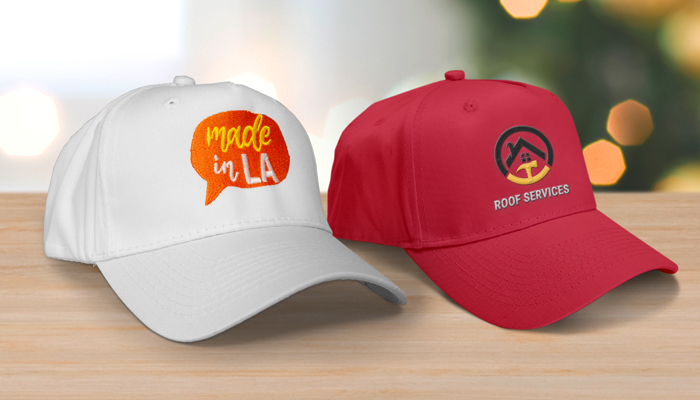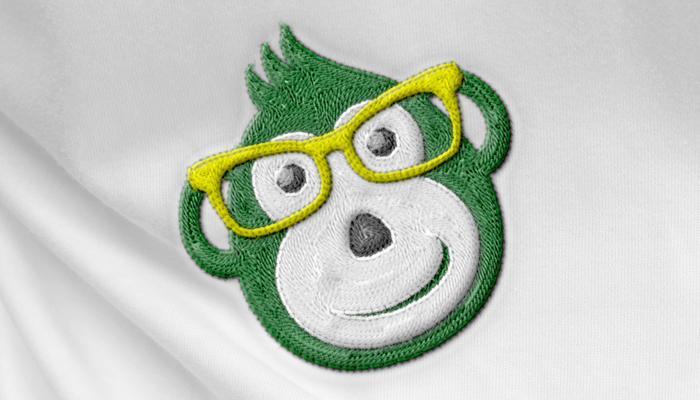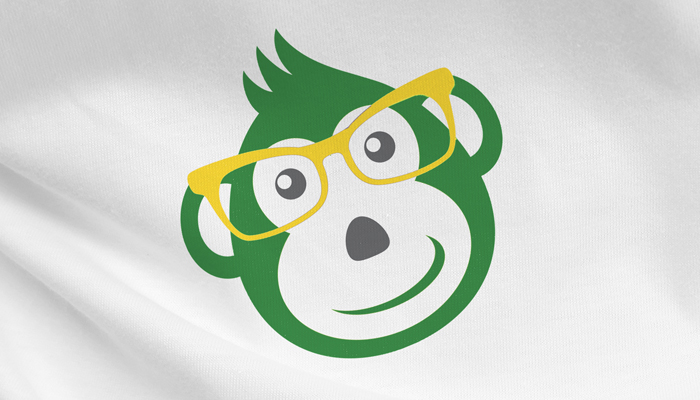It’s a given that custom apparel is useful in both professional and personal situations, but when it comes to the print type and how you want your design or logo to look, you may feel uncertain about what’s right for you. If you’ve stumbled upon this blog, you’re likely in search of the perfect custom apparel but need some help with making a decision.
In professional scenarios, whether it’s in a business environment or for a team or club, creating uniforms with custom apparel is not only easy and affordable but also provides a level of comfort for employees or team members. Custom apparel also serves as a thoughtful, personalized gift for any occasion – from birthdays to holidays and beyond.
We have a selection of apparel, such as t-shirts, hats, polos, and sweatshirts, and while they all don’t have the convenient options of both direct-to-garment and embroidery, we thought we’d at least give you a breakdown of the two types of prints, which will ultimately help you not only choose a printing style but the appropriate apparel type as well!
What is direct-to-garment printing?
Direct to garment printing, or DTG, is a process of printing graphics into textiles and garments – it’s an affordable, full-color solution to custom apparel. The outcome is highly pigmented graphics on apparel that will last you quite some time.
You may have heard of this method, as well as a comparative method of silk screen printing – silk screen layers the ink on top of the fabric while DTG uses a special garment printer to add the design into the fabric. While we don’t offer silk screen printing, direct-to-garment generally lasts longer and is better for production-scale apparel printing.
Products on our website that are compatible with DTG printing:
Crewneck & V-Neck T-Shirts
Crewneck, Hoodie, and Full Zip Hoodie Sweatshirts
What is embroidery?
Not actually a print type, embroidery is a process of bringing a design to life using intricate threading. On our apparel products, the template for an embroidered design typically should fit in a 4″ x 4″ square. Embroidery is ideal for smaller, less complex designs such as logos, pocket art, and text sayings. On our website, we offer 12 thread colors that you can match to your design (choose up to 4 colors total).
Products on our website that are compatible with Embroidery:
Hats
Polo Shirts
Crewneck, Hoodie, and Full Zip Hoodie Sweatshirts
Comparing the Two Types
When it comes to DTG and embroidery, choosing direct to garment over embroidery gives you the advantage of having a full-blown design or photo on a t-shirt or a sweatshirt, with no limitation of colors, and contains a larger “print” space.
However, if you were to choose embroidery over DTG, it’s likely because your design isn’t complex, and you prefer more professional-looking custom attire. Visually speaking, when it comes to both the placement and the texture of the thread, embroidered designs tend to look more elevated and sophisticated when compared to DTG printed designs.
There really isn’t a right or wrong answer when it comes to custom apparel, but it’s important that you evaluate the different methods you can use to bring your desired design to life to truly see which is best for you.
Which will you choose for your next apparel project, Embroidery or DTG? Share your custom apparel from GP on social media and tag us for a chance to be featured @GotPrint.

